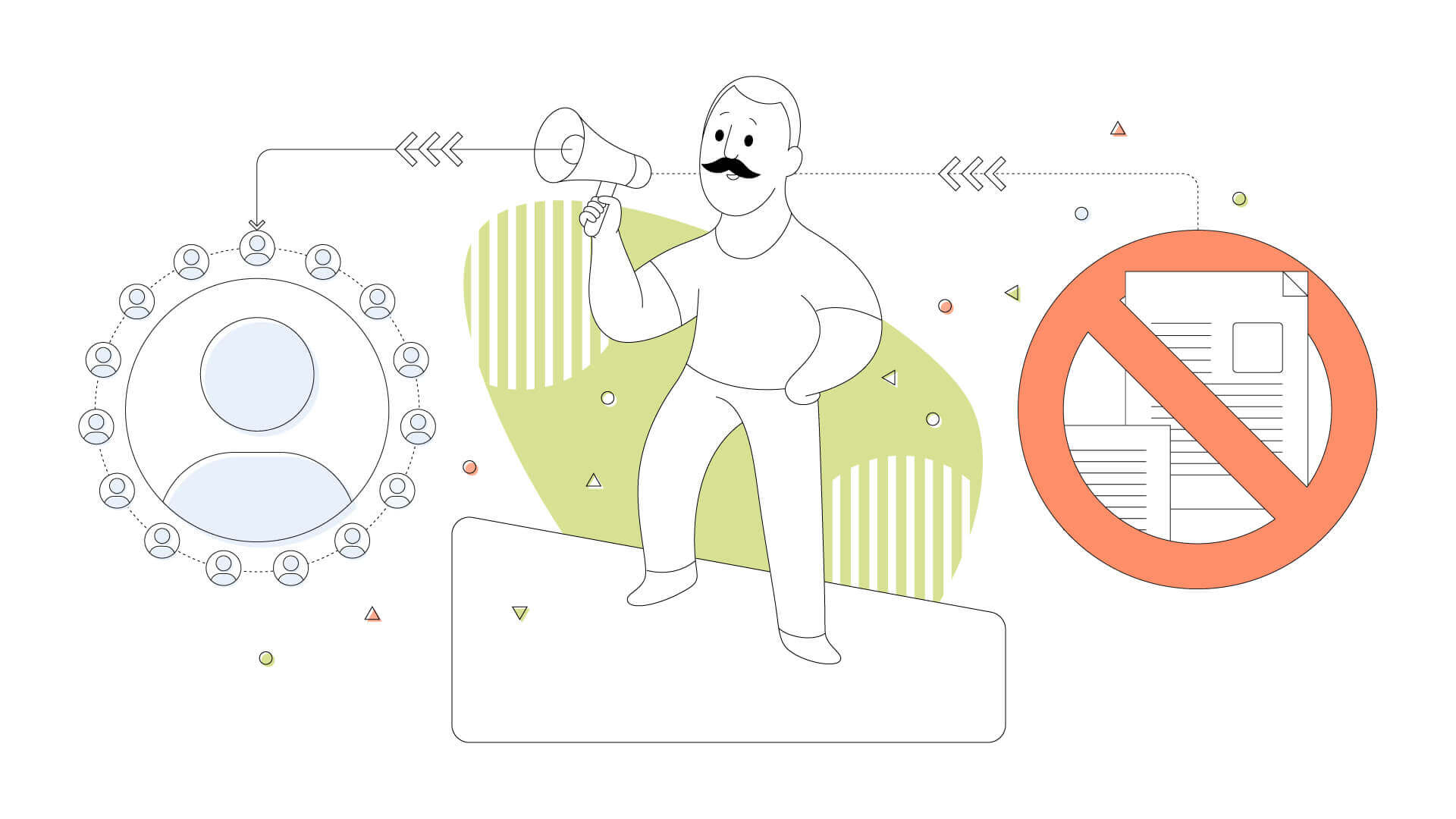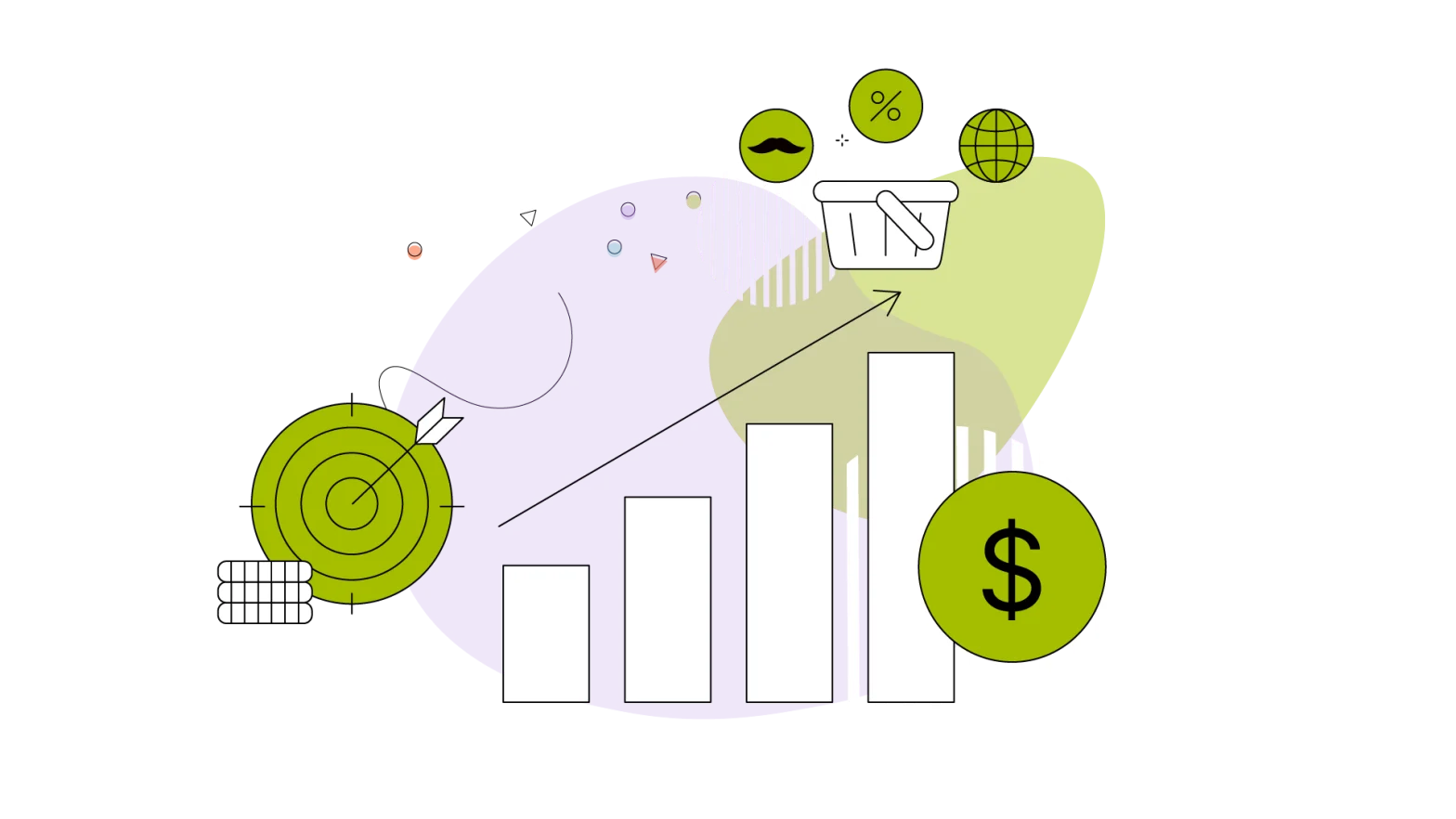The global electronic signature market was recently valued at around four billion U.S. dollars, with projections sitting at just over 35 billion by 2029.
Also known as e-signatures, the rise of electronic signatures plays a substantial part in businesses moving to paperless operations and becoming more sustainable.
Creating a long-term sustainability plan is key for businesses for three reasons – the first being developing a good reputation as a responsible company. This factor is becoming more and more critical for consumers.
The next reason is that being a sustainable and responsible business increases its value. And last but not least, contributing to paperless sustainability saves the environment.
Here are a few fun facts about paper: 50% of the waste businesses produce is composed of paper – and the average U.S. office uses 12.1 trillion sheets of paper in a year.
In this blog, we’ll explore exactly how digital signature solutions contribute to paperless sustainability and whether going paperless by implementing e-signatures is suitable for your organization.
- What Are Electronic Signatures?
- How to Create an Electronic Signature
- What Ιs Paperless Sustainability?
- How Can Electronic Signatures Contribute to Sustainability?
- Business Benefits of Electronic Signatures
- How to Achieve Paperless Sustainability
- Reduce Paper Consumption with Electronic Signatures
What Are Electronic Signatures?
Electronic signatures are used to legally binding electronic documents quickly and securely.
Replacing handwritten signatures on important documents like legal contracts, electronic signatures provide a seamless and paperless digital experience. Electronic signatures provide evidence that the signer accepts or agrees with the terms of the document.
Electronic signature software makes it simple to gather and store signatures and add forms to digital documents.
Electronic signatures are often used for:
- Healthcare applications
- Financial services
- Sales contracts
- HR and employee onboarding processes
- Government services
- Age verification

How to Create an Electronic Signature
- Choose an electronic signature app or software to get started
- Create or upload a digital document ready for e-signature
- Use a mouse or trackpad to create an electronic signature
- Attach the electronic signature to document
- Invite other signers to sign the document if required
- Save the electronically signed document digitally in a secure location
What Ιs Paperless Sustainability?
When a business makes the decision to “go paperless,” it means that all documents, records, and files are created and stored in a digital format.
Because using paper impacts your business’s carbon footprint, many customers often choose to deal with companies that promote paperless sustainability strategies.
Going paperless hugely affects the environment. Some benefits include significantly reducing deforestation, waste, paper, and CO₂ emissions. Let’s look at these advantages in a bit more detail.
Greenhouse Emissions
Reducing paper use doesn’t just mean less paper is produced. Paper production has far-reaching impacts, such as shipping and all the other issues related to managing an extensive supply chain.
The paper production supply chain begins with generating raw materials for paper creation. From there, wood is shipped to factories for processing, then onwards to stores and resellers to end-users.
All these processes emit greenhouse gas emissions from the combustion of fossil fuels required for raw material production and transportation. Not to mention wastewater treatment facilities, paper transportation, purchased power, printed product transportation, disposal, and recycling.
The disposal of paper in landfill sites produces methane and adds to the carbon footprint of paper products.
Paper Pollution
Paper pollution causes harmful effects on the quality of water, air, and land.
It’s astonishing to realize that we consume over 4 trillion cubic meters of fresh water every year. This staggering number emphasizes the impact of our global consumption patterns on the environment and the urgent need for sustainable solutions.
Not only does wasted paper make up a significant portion of landfill sites, but paper recycling is also a major source of pollution. This is due to the waste product produced during the de-inking process.
Air Pollution
During pulp and paper manufacturing, carbon dioxide, sulphur oxides, and nitrogen oxides are unleashed into the environment. The last two gases are significant contributors to acid rain.
Reducing paper consumption through the use of electronic signatures can only have a positive impact on the environment and contribute towards reducing these pollution effects.

How Can Electronic Signatures Contribute to Sustainability?
A corporate sustainability strategy is important for businesses’ reputations.
This type of business strategy often includes elements such as:
- Implementing recycling programs
- Reducing energy consumption
- Exploring green hosting options
- Decreasing the amount of packaging used in the business
- Eliminating single-use plastics
- Reducing the business’s carbon footprint
- Moving away from fossil fuels and implementing renewable energy sources
Business Benefits of Electronic Signatures
Before attempting to go any further, we have to note some of the most important electronic signature benefits to keep in mind when incorporating them into your company. While the ecological benefits are expected, there are plenty of others we must cover in this blog post.
Eliminates Costs
Implementing electronic signatures into your organization’s workflow reduces business costs.
We’re talking about business costs directly related to time spent printing, copying, scanning, and mailing physical documents – including physical document storage, which in older companies can take up whole rooms.
Facilitates Remote Working
Implementing electronic signatures enables businesses to become more efficient.
For example, employees tasked with writing a sponsorship letter can do so from any location and request e-signatures in a flash.
Being able to e-sign documents from anywhere means that documents get signed faster, and business operations run more smoothly. In turn, facilitating remote working reduces staff members’ energy consumption by removing the commute.
Customers like electronic signatures, too. Signing documents and contracts from any location delivers better customer service – and your business is more likely to be recommended for speed and efficiency.
Reduces Fraud Risk
Using electronic signatures eliminates paper-based document signature security issues.
Paper-based documents are open to forged signatures, unreliable identification of signatories, manipulated documents, and identity theft, to name just three.
Companies must take fraud risk seriously. So, in addition to increasing website security, it makes sense to ensure that all other aspects of the business are as secure as possible.
Electronic signature applications are lawfully recognized by countries worldwide as the eIDAS Act and the ESIGN Act, which help your business conduct global operations. Electronic signatures use encryption technology which makes it impossible to duplicate them.
Because electronic signature documents are delivered to relevant parties over a secure connection, all the signature data is securely saved. During this process, the biometric information is captured, along with the date, time, and location, to ensure traceability.
The growth of contract generation software that enables electronic signatures provides an extra level of security for businesses.

Accessible Documents
A paperless office means that digital documents are much more accessible than endlessly searching for pieces of paper. Businesses that use electronic signatures simply store signed documents using secure cloud storage that third parties typically manage.
Legal Compliance
Electronic signatures provide both the signed document’s authenticity and the signatory’s identity. Therefore, it’s much harder to invalidate in court than a handwritten signature.
Choosing an e-signature solution enables your business to comply with standards and meet legal requirements for complete protection.
Workflow Tracking
With e-signatures, you can easily track who has opened and signed a document – and who has yet to approve it.
A business document’s complete digital audit trail is invaluable for a more productive workplace.
How to Achieve Paperless Sustainability
Before throwing out all your paper branding proposal copies, going paperless requires a robust business-wide strategy.
Here are some realistic ways to get started:
Conduct Audits
Discover which departments and company processes still use paper so you know precisely the scale of what you’re dealing with.
Change Office Equipment
Consider investing in an office scanner to start digitizing all your business’s documents and files. A paper shredder should be on your shopping list, too.
New Processes
It’s relatively simple to take the first steps to reduce paper. Start by immediately banning the printing of all documents, taking paperless notes, and storing documents using cloud storage.
Think about your business’s QA process flow in addition to other workflows. There’s no reason why quality assurance processes can’t be digitized – the bonus is these processes are much easier to share with the rest of the company.

New Systems
Embracing the paperless revolution may mean investing in new systems and technology.
Reducing paper in your offices is an easier task with CRM software. The best CRM system facilitates secure communications between clients and staff and enables simple digital document sharing.
Explain and Train
It’s essential to communicate your paperless strategy to the broader teams to ensure buy-in. This way, you’ll find less resistance to the digital transformation change.
Clearly explain the new processes you plan to implement. This includes digitizing existing documents, how electronic signatures work, and how to store information safely and securely.
Your electronic signatures strategy will work across all your business’s documents – including client and supplier contracts, confidentiality documents, HR contracts, and customer estimates.
Monitor
Plan to carry out monitoring regularly to ensure that your paperless strategies have been implemented correctly and everyone is on the same page (!) to achieve the objectives.

Reduce Paper Consumption with Electronic Signatures
Electronic signatures offer your business much more than securing your company data.
Reducing waste generated from paper-based documents and using renewable energy sources goes a long way toward achieving your business’s sustainability goals.
All businesses look for ways to reduce costs and waste and improve workflow processes. Reducing paper consumption with electronic signatures is the solution for a greener future.
Bio:
Yauhen Zaremba – Director of Demand Generation
Yauhen is the Director of Demand Generation at PandaDoc, a business agreement template generator and an all-in-one document management tool. He’s been a marketer for 10+ years, and for the last five years, he’s been entirely focused on the electronic signature, proposal, and document management markets. Yauhen has experience speaking at niche conferences where he enjoys sharing his expertise with other curious marketers. And in his spare time, he is an avid fisherman and takes nearly 20 fishing trips every year.




